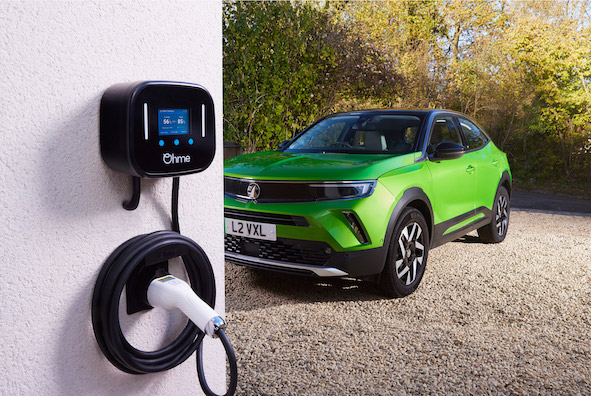Over the past few years, many home electricity providers have introduced special off-peak tariffs for EV drivers. So what are these off-peak tariffs, how do they work and what should you look out for?
Off-peak electricity tariffs are nothing new of course. The concept of off-peak tariffs have been around for decades with Economy 7, they meant that you could save money by using items such a washing machine outside of peak daytime hours.
The numerous EV tariffs use a similar concept, but take it a step further. With the EV tariffs, the off-peak rates represent considerable savings over the standard daytime tariff (at the time of writing 34 pence per kWh). It makes sense for the national grid too, pushing electric vehicle charging to off peak hours when electricity demand is traditionally at its lowest rather than the peaks of first thing in the morning as everyone wakes up and heads to work or when they return, cook, put washing on and so on.
Home electricity tariffs aimed at EV drivers have been offered by a number of providers in various forms, but the most popular has undoubtedly been with Octopus. We’ll use Octopus as an example from now on, but other tariffs are available from the likes of British Gas, Ovo, Eon and many others.
Before we ask the question of whether it worth you switching to one of these tariffs, it’s worth underlining the considerable savings that these tariffs can represent. Take a Vauxhall Mokka-e] as an example. It has a 50kWh battery and a hypothetical charge from 0 to 100 per cent at the current standard variable tariff of 34p/kWh, would cost you £17.
With Octopus Intelligent, that tariff reduces considerably to 10p/kWh, so if you did the same charge during its off-peak hours of 23.30 to 05.30, the cost for the same charge would be just £5. That’s the same amount of electricity, the same range in your car, but you’re paying less than 30 per cent of the cost each and every time. Just imagine a traditional filling station selling petrol or diesel for 30 per cent of the usual cost and then imagine how long the queues would be!
All that sounds good, right? Of course it does, because who doesn’t want to save money? So what’s the down side to these off-peak tariffs? The first comes with your daytime rate, which can sometimes be more expensive than the standard variable tariff.
It means that if you work from home or you use a lot of electricity during the day, then you need to be sure that those overnight savings are going to be worth it. The easiest way to do that is to simply work out your average kWh usage for your car over the course of a month with your car’s mileage and mls/kWh efficiency and then you can see how much your car costs you for both the standard tariff and an off-peak tariff.
Doing these calculations is especially important if you’re running a plug-in hybrid rather than a full EV as the savings simply may not be worthwhile unless you’re charging on an almost daily basis – and even then, possibly still not.
The second is how you get onto those tariffs in the first place. With all of the recent fluctuations in the energy market with rising prices, many energy providers will only allow current customers to switch onto the off-peak tariffs meaning that it won’t allow new customers to jump straight from a rival company onto an off-peak tariff. It means that you effectively have to take two steps. The first is to switch to the new company on its standard variable tariff and then the second step is to switch from that onto their off-peak tariff at a later date. Some demand that you leave certain amounts of time between the two.
Of course, once on those off-peak tariffs, all of your electricity in those hours is at the cheaper rate. And, while it’s not really practical to cook your main meal or do your ironing in the early hours of the morning, it’s quite easy to put a dishwasher, washing machine or tumble-drier on a time-delay, so that they use electricity during those set hours. That way, you can save even more on your household bills.
The ultimate message has to be that there’s plenty of savings to be had with off-peak electricity tariffs for those driving an EV. However, at the same time you need to look at your overall household consumption and, more importantly, how and when you consume that electricity outside of your EV charging to ensure that it’s the right tariff for you to save money.

